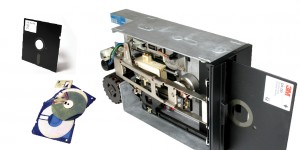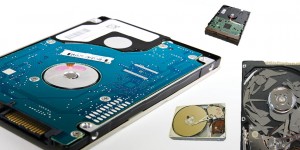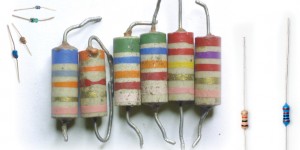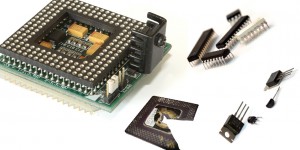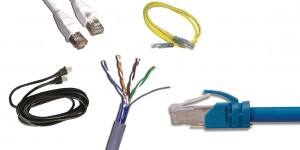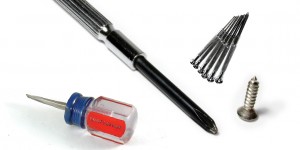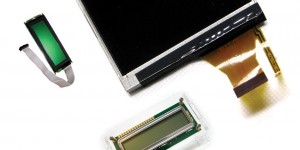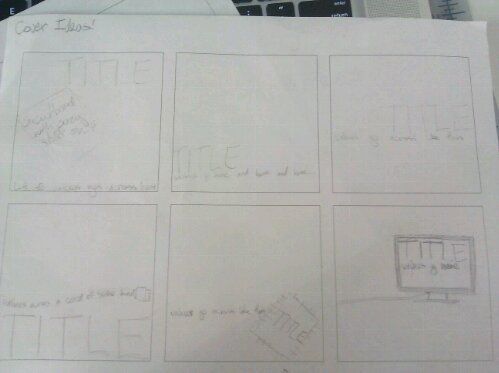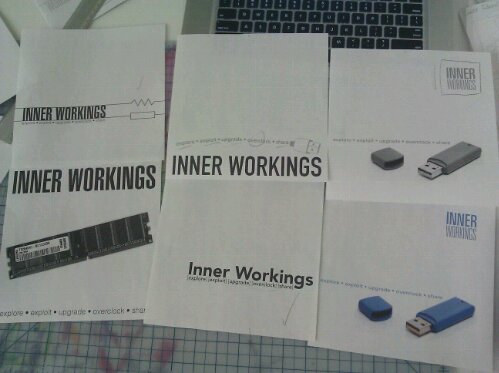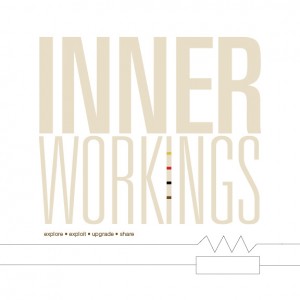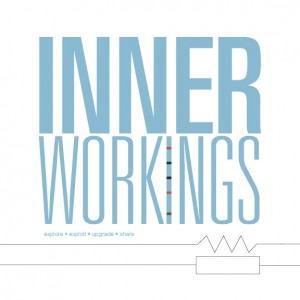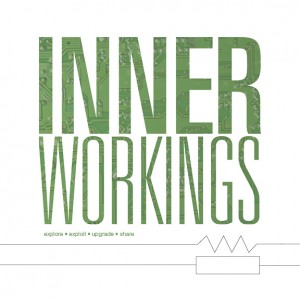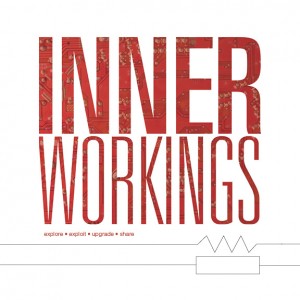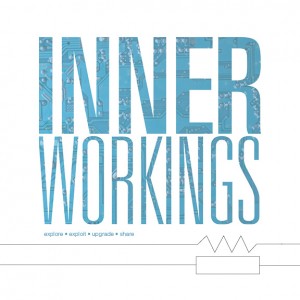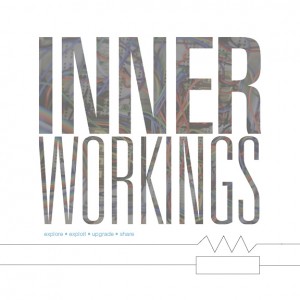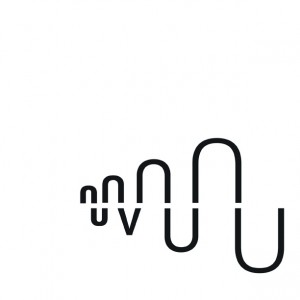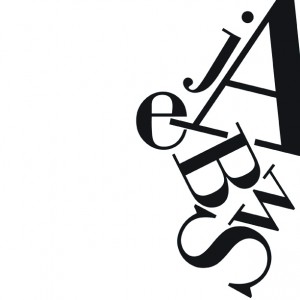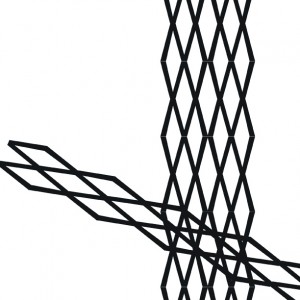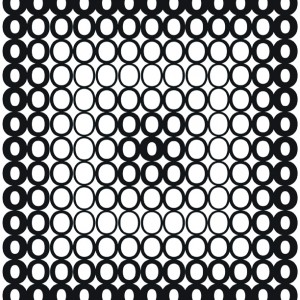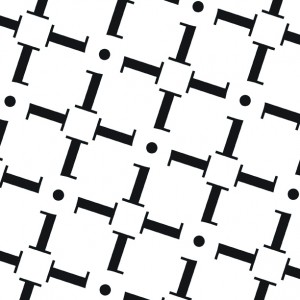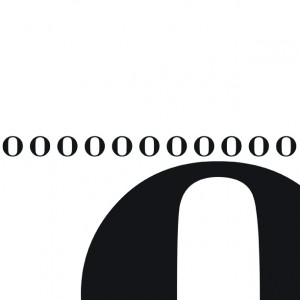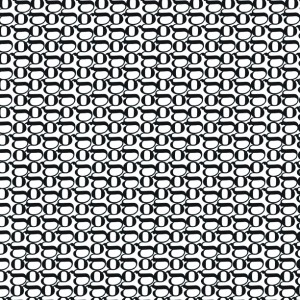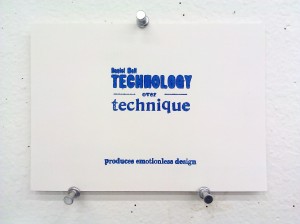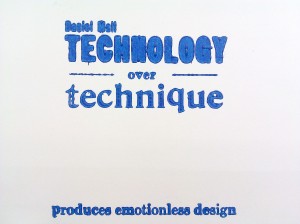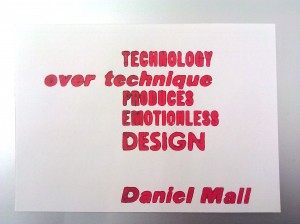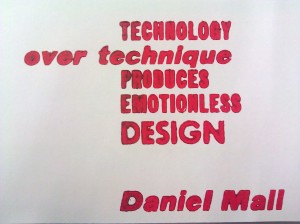Making the Invisible Visible: Read & Response
By Erika Goering,
Response to Making the Invisible Visible:
The point of planning when doing a project is so that you can create a design based on a concept that is closely tied to the client’s needs. Sounds simple enough, right? Well, it tends to be something that a lot of designers and committees overlook.
When you have a client who needs a job done, the first thing you should do is address that need with a strong concept/solution. Then, keeping that solution in mind, come up with a pleasing design to contain and convey that solution. I realize this all sounds very abstract. But as someone who has worked with needy clients before, I know that you could have the prettiest design in the world, but if the client doesn’t feel it fits their needs, your sketches get sent to the shredder.
Projects start with a theme. Find out how to identify the project’s purpose and focus on that throughout the project. That will ensure that the project won’t end up being something totally unrelated to the original objective.
This fits in well with my book on hardware modders. The first part of the project was interrupted by an uncertainty of theme. Was I targeting hackers? Geeks? What was I doing? Once I finally settled on hardware modders, things started happening more easily. I started focusing on the things that make hardware modders specifically different from software hackers and general computer geeks. Well, hardware, for one. But also tools that are specific to computer repairs and upgrades, like soldering irons, screwdrivers, and broken computer parts.
Establishing a theme is probably the most important aspect of design. Because if you keep in mind where you’re going, the design will naturally follow.
Filed under: KCAI, Read&Respond, VisCom2
Comments: Comments Off on Making the Invisible Visible: Read & Response
